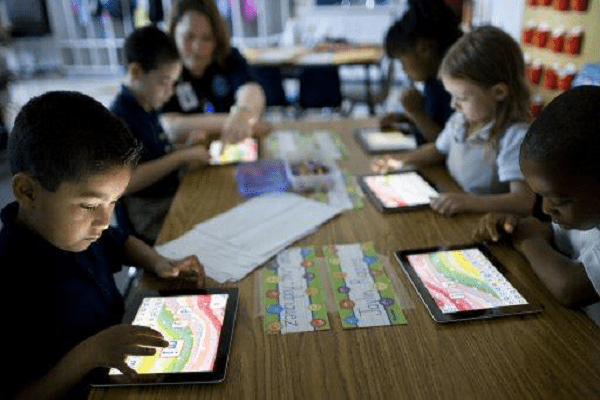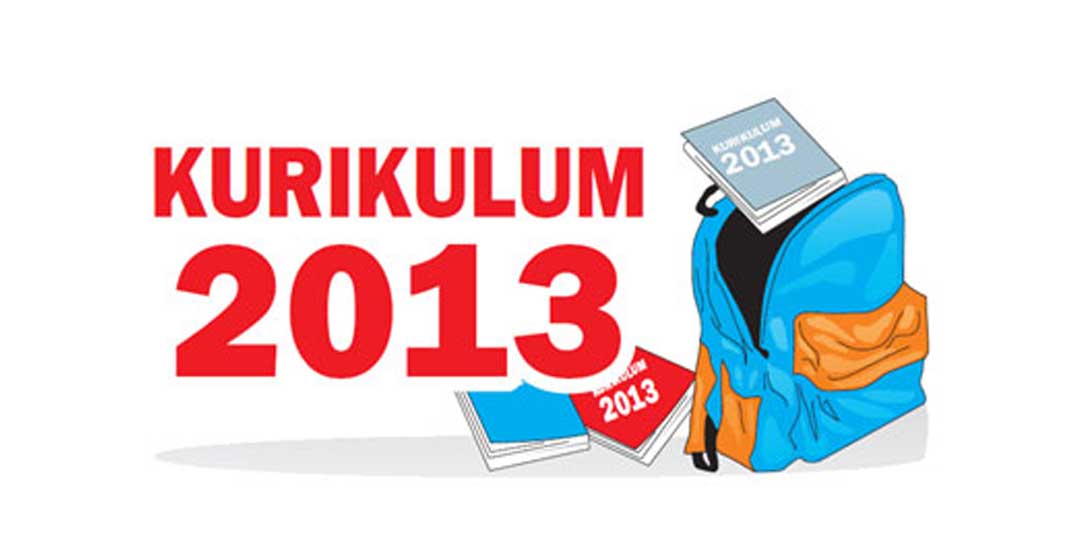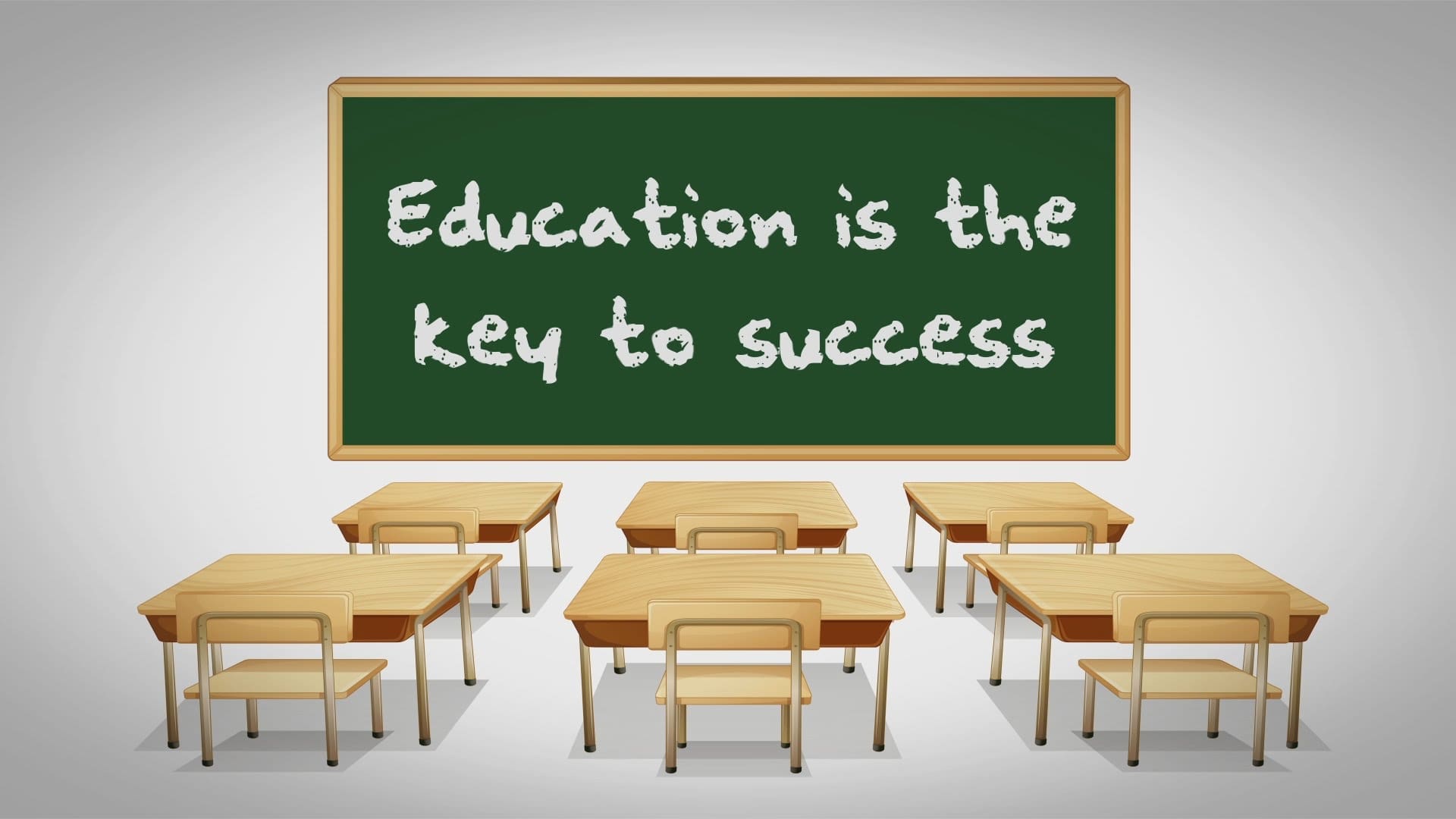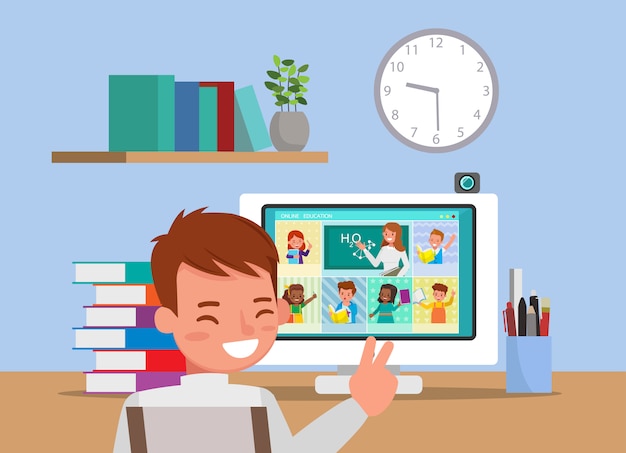By: Sekar Meifi Andari
Getting students attention while in the teaching-learning process become more and more challenging as they now they can get as many information from their gadget and offline class may seem boring. It is the teacher's concern to think about how to trigger student's attention so that they can engage in the learning process to achieve the learning outcomes successfully.
One reasonable solution to that kind of problem is to employ Cooperative Learning. It may be a common thing or even many educational institutions have employed cooperative learning. But in order to be aware, there are only several schools in Indonesia that have been employed in this technique properly. Indeed, many teachers have made the students have the discussion, to learn in a group and/or with peers. Yet also many of them apply it in the wrong way. The teacher only let the students discuss in a group when they doing exercises, not exploring the materials. In other words, the teacher still explaining the materials without letting the students find the answer by discussing to build their critical thinking. Not to mention, even the students are already in a group, there must be one or two students that won't share any opinion, it might be due to their personalities or the instruction from the teachers themselves.
But before we go further to why we should employ cooperative learning, what are the benefits and what kind of techniques in cooperative learning, let us first discuss what is cooperative learning.
Cooperative is working together to accomplish shared goals. Within cooperative situations, individuals seek outcomes that are beneficial to themselves and beneficial to all other group members. Cooperative learning is the instructional use of small groups so that students work together to maximize their own and each other's learning. It may be contrasted with competitive and individualistic learning. In cooperative and individualistic learning, teacher evaluate student efforts on a critera-referenced basis while in competitive learning the teacher grade students on a norm-referenced basis. While there are limitations on when and where you may use competitive and individualistic learning appropriately, the teacher may structure any learning task in any subject area with any curriculum cooperatively.
There are many benefits that students can take by implementing cooperative learning such as they will get higher achievement, more positive relationships, higher self-esteem, greater social support, better attitudes toward teachers and school. When students are working toward a common goal, academic work becomes an activity valued by peers, students are motivated to help one another learning, when students need to organize their thoughts in order to explain them to teammates, they must engage in thinking that builds on other ideas (cognitive elaboration) which greatly enhances their own understanding, and many more.
When the teacher properly implementing cooperative learning, not only the learning outcomes will be achieved but it will also provide experiences that develop both learning skills and social skills that are useful for students in the future.
Moreover, cooperative learning produces critical experiences that other learning structures cannot. The following skills that are developed through regular and effective cooperative learning are just a few of many.
1. Leadership Skills
Natural leaders become quickly evident in small groups, but most students will not feel naturally inclined to lead. Assign leadership roles of varying prominence to every member of a group to help all individuals practice leading.
2. Teamwork Skills
Students who work together as a team share a common goal: a successful project.This can only be achieved through the combined efforts of the whole group. The ability to work as a team towards a common goal is an invaluable quality to have in the real world, especially for careers.
3. Communication Skills
All members of a cooperative learning group have to learn to speak productively with one another to stay on track. These skills should be taught and modeled by a teacher before being practiced by students, as they do not always come naturally.
4. Conflict Management Skills
Conflicts are bound to arise in any group setting. Give students space to try and work out their issues for themselves before stepping in. With that said, always monitor the class during cooperative learning.
Students quickly learn to come to resolutions on their own but sometimes excessive friction gets the best of them before they can do that.
5. Decision-Making Skills
There are many decisions to be made in a cooperative environment. Encourage students to think as a team to make joint decisions by first having them come up with a team name. From there, have them decide who will complete what tasks.
Make sure that each student has their own responsibilities in cooperative learning groups.
To wrap it all up, the teacher should not leave the students by themselves without monitoring them when they are discussing in group so that every member of the group have their own responsibilities and they can develop their potential in the group optimally.
Cooperative learning techniques can be loosely categorized by the skill that each enhances (Barkley, Cross, and Major, 2005), although it is important to recognize that many cooperative learning exercises can be developed within multiple categories.
In other words, cooperative learning not only gives benefits in the school environment but also in the social environment. Not to mention, the benefits from employing cooperative learning can help developing someone's character and increase the quality of Human Resources.
Sources:











